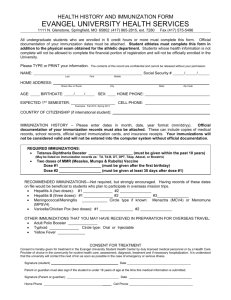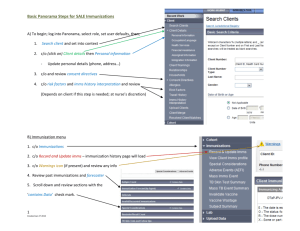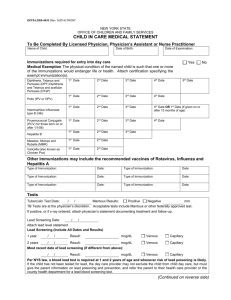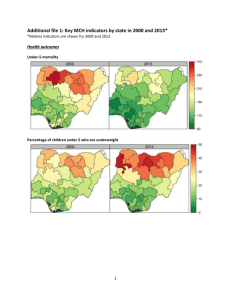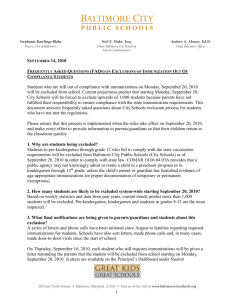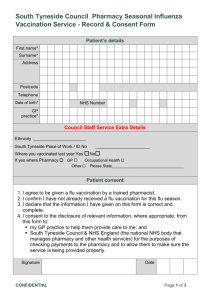Authority to Administer - Arkansas Pharmacists Association
advertisement
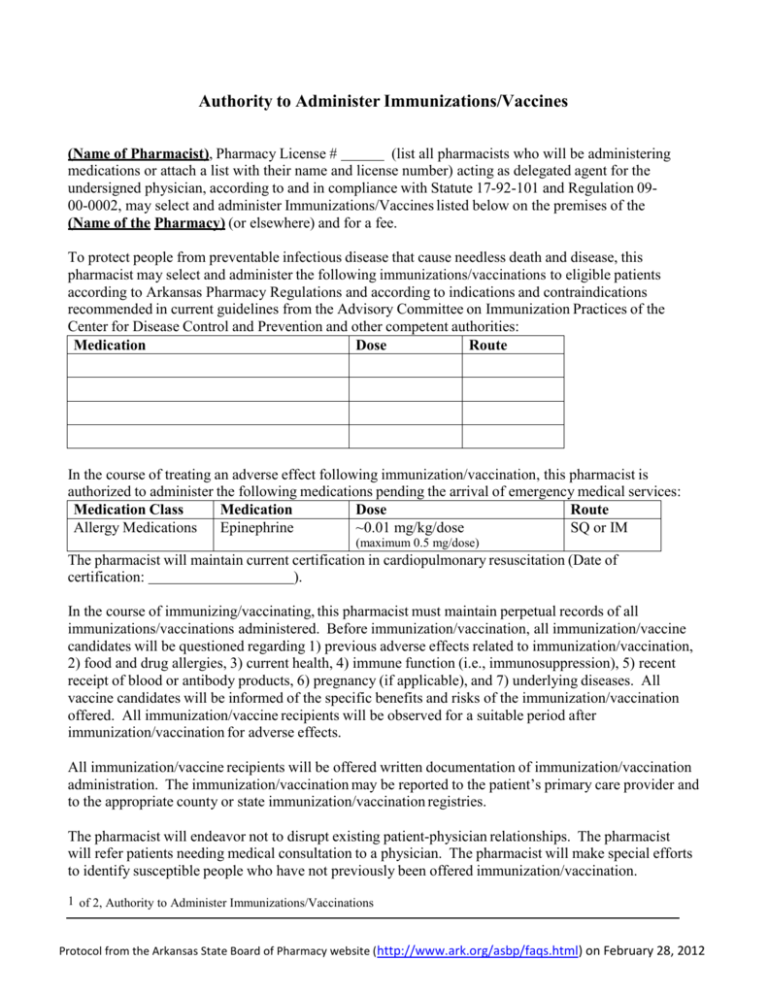
Authority to Administer Immunizations/Vaccines (Name of Pharmacist), Pharmacy License # (list all pharmacists who will be administering medications or attach a list with their name and license number) acting as delegated agent for the undersigned physician, according to and in compliance with Statute 17-92-101 and Regulation 0900-0002, may select and administer Immunizations/Vaccines listed below on the premises of the (Name of the Pharmacy) (or elsewhere) and for a fee. To protect people from preventable infectious disease that cause needless death and disease, this pharmacist may select and administer the following immunizations/vaccinations to eligible patients according to Arkansas Pharmacy Regulations and according to indications and contraindications recommended in current guidelines from the Advisory Committee on Immunization Practices of the Center for Disease Control and Prevention and other competent authorities: Medication Dose Route In the course of treating an adverse effect following immunization/vaccination, this pharmacist is authorized to administer the following medications pending the arrival of emergency medical services: Medication Class Medication Dose Route Allergy Medications Epinephrine ~0.01 mg/kg/dose SQ or IM (maximum 0.5 mg/dose) The pharmacist will maintain current certification in cardiopulmonary resuscitation (Date of certification: ). In the course of immunizing/vaccinating, this pharmacist must maintain perpetual records of all immunizations/vaccinations administered. Before immunization/vaccination, all immunization/vaccine candidates will be questioned regarding 1) previous adverse effects related to immunization/vaccination, 2) food and drug allergies, 3) current health, 4) immune function (i.e., immunosuppression), 5) recent receipt of blood or antibody products, 6) pregnancy (if applicable), and 7) underlying diseases. All vaccine candidates will be informed of the specific benefits and risks of the immunization/vaccination offered. All immunization/vaccine recipients will be observed for a suitable period after immunization/vaccination for adverse effects. All immunization/vaccine recipients will be offered written documentation of immunization/vaccination administration. The immunization/vaccination may be reported to the patient’s primary care provider and to the appropriate county or state immunization/vaccination registries. The pharmacist will endeavor not to disrupt existing patient-physician relationships. The pharmacist will refer patients needing medical consultation to a physician. The pharmacist will make special efforts to identify susceptible people who have not previously been offered immunization/vaccination. 1 of 2, Authority to Administer Immunizations/Vaccinations Protocol from the Arkansas State Board of Pharmacy website (http://www.ark.org/asbp/faqs.html) on February 28, 2012 Authority to Administer Immunizations/Vaccines, continued As the authorizing physician, I have reviewed this Authority to Administer Immunization/Vaccination and agree with its content. This document is valid for one year, unless revoked in writing sooner. Physician Name: Medical License #: Address: City: , Arkansas Zip code: Physician Signature: Date: ____________________ 2 of 2, Authority to Administer Immunizations/Vaccinations Protocol from the Arkansas State Board of Pharmacy website (http://www.ark.org/asbp/faqs.html) on February 28, 2012 Protocol for Management of Severe Allergic/Anaphylactic Reactions GENERAL: Take a thorough history for allergies and prior adverse events before any administered medications. Allow adequate physical space for fainting or collapse without injury and to lay patient flat on a hard surface in the event cardiopulmonary resuscitation (CPR) is needed. Maintain current competency in medication administered; observe all recipients for a suitable period after administration; remind recipient to report any adverse events to you. Be prepared to call 911 SUPPLIES TO STOCK: Epinephrine – in vials or pre-filled syringes; maintain supply for two doses per event. Diphenhydramine – injectable and oral liquid. Syringes, needles, etc – supplies necessary to deliver epinephrine and diphenhydramine Blood-pressure cuff and stethoscope RECOGNITION OF ANAPHYLACTIC REACTION: Sudden onset of itching, redness, with or without hives, within several minutes of administering a medication. The symptoms may be localized or general. Swelling of the lips, face, and throat (angioedema) Bronchospasm, shock EMERGENCY TREATMENT: 1. If itching and swelling are confined to the extremity where the medication was given, observe patient closely for a suitable period, watching for generalized symptoms. If none occur, go to 7. 2. If symptoms are generalized, activate the emergency medical system (EMS) (e.g., call 911), and call the consulting physician for instructions. Another person should do this, while the pharmacist treats and observes the patient. 3. Administer epinephrine 0.5 mg, SQ or IM. May administer in the anterior thigh or deltoid muscle. 4. Administer diphenhydramine 50-100 mg, IM. Do NOT administer diphenhydramine or any other drug by mouth if the patient is not fully alert or if the patient has respiratory distress. 5. Monitor the patient closely until EMS arrives. Perform CPR and maintain airway if necessary. Keep patient in supine position unless they are having breathing difficulty. If breathing is difficult, patient’s head may be elevated, provided blood pressure is adequate to prevent loss of consciousness. Monitor vital signs frequently. 6. If EMS has not arrived and symptoms are still present, repeat dose of epinephrine every 5 to 20 minutes, depending on patient’s response. 7. Patient must be referred for medical evaluation, even if symptoms resolve completely. Symptoms may reoccur after epinephrine and diphenhydramine wear off, as much as 24 hours later. After the event is concluded, complete a VAERS form. Protocol from the Arkansas State Board of Pharmacy website (http://www.ark.org/asbp/faqs.html) on February 28, 2012
